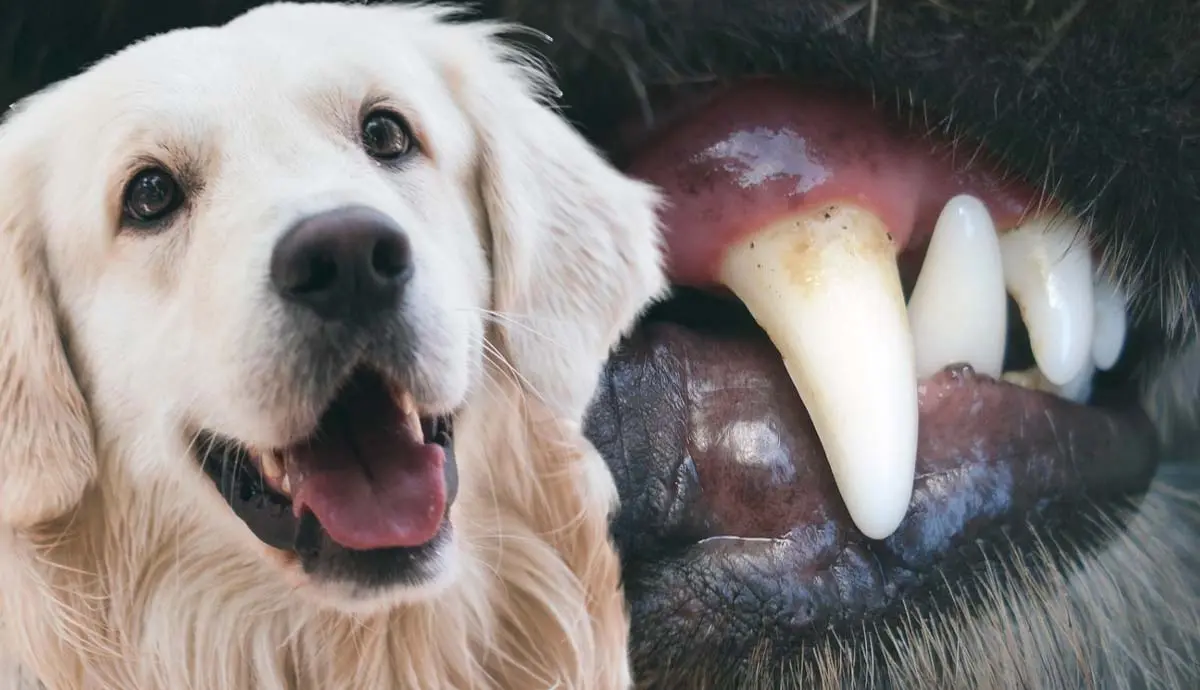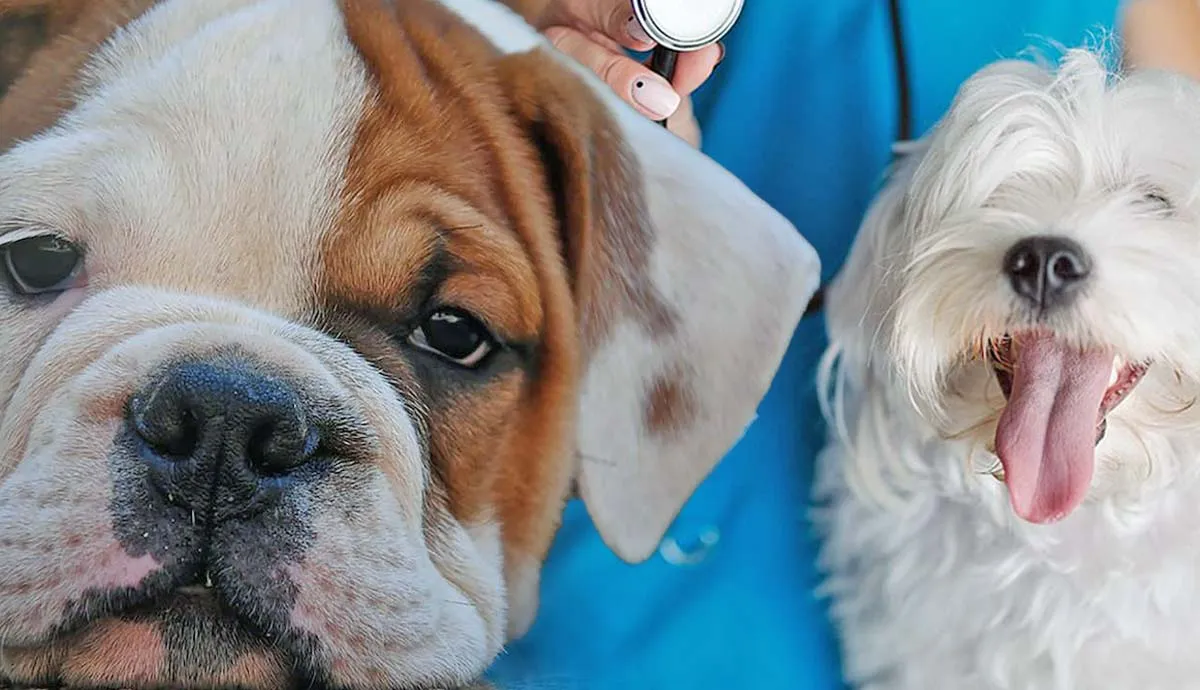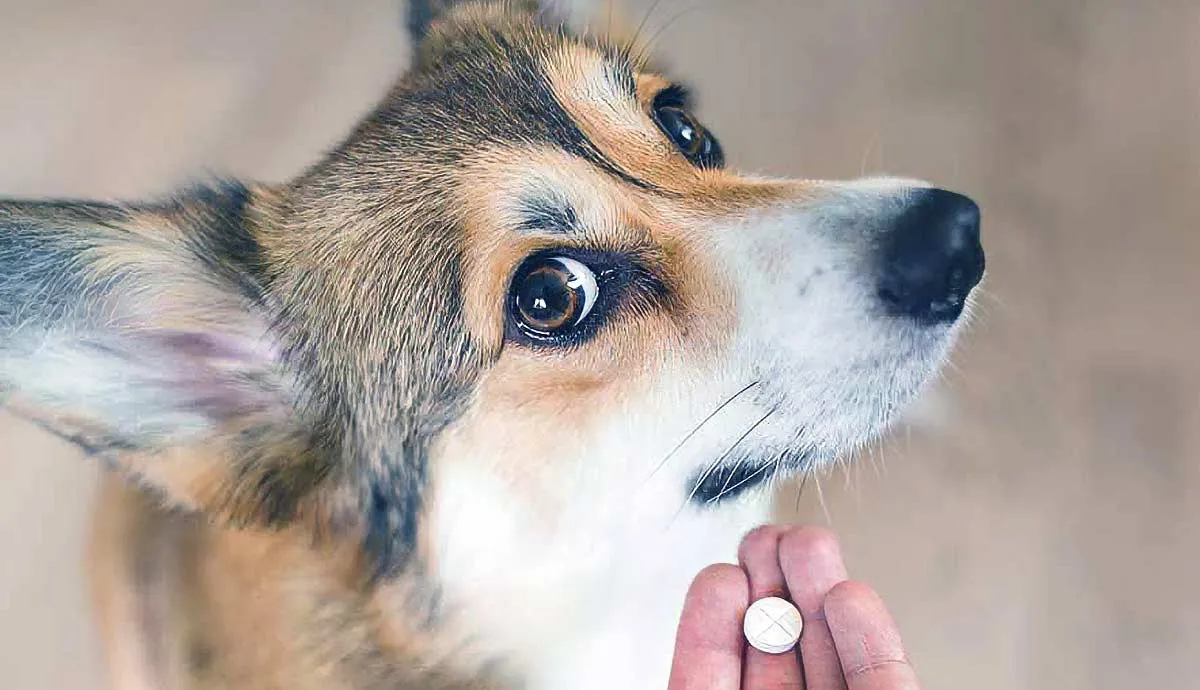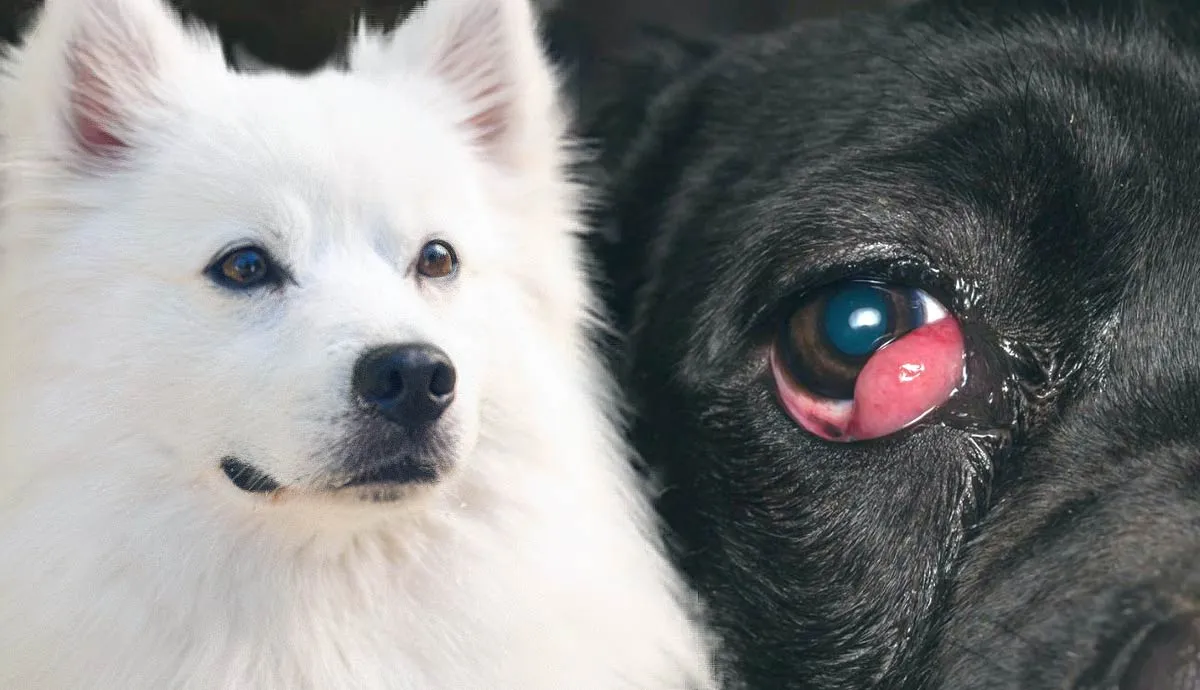If you’ve noticed that your dog’s gums seem inflamed or your dog is having trouble eating, you may want to get them checked for dental disease.
Dental disease in dogs is similar to that in humans. It can affect the gums, teeth, and jaw. Read on to learn about the types of dental diseases in dogs and how you can prevent your dog from developing these issues.
There Are Different Types of Dental Diseases
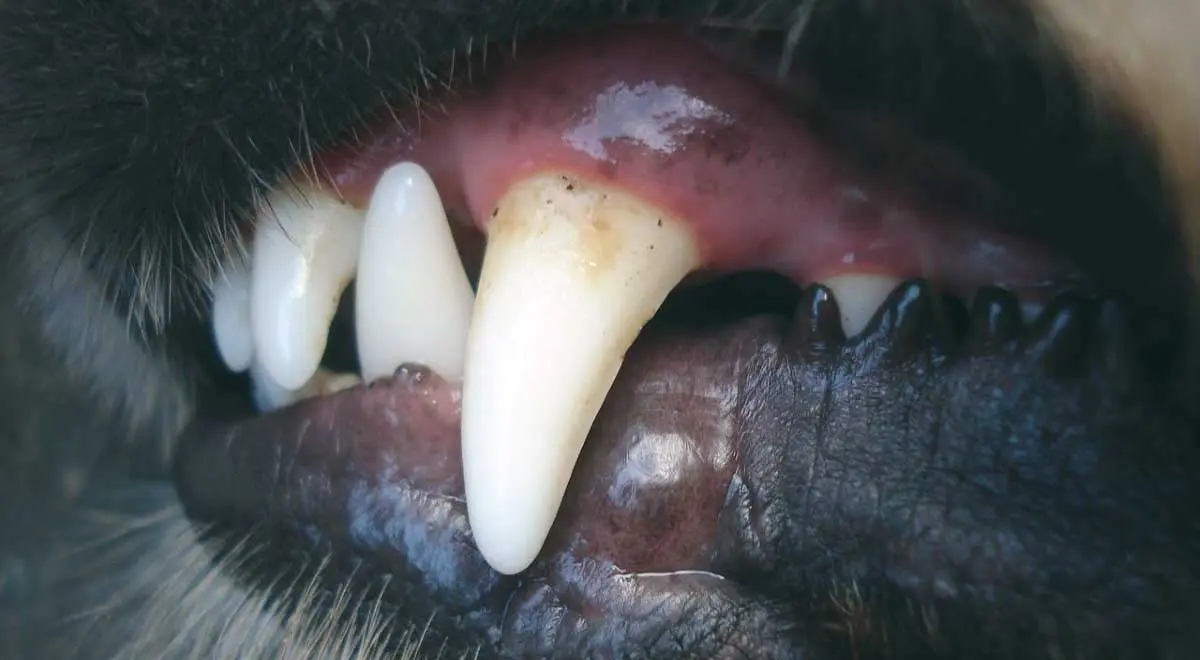
Dogs, like people, can suffer from dental diseases. A combination of environment, bacterial plaque, and diet contribute to dental disease in dogs. Thousands of bacteria live in a dog’s mouth. They form an invisible layer on the tooth called plaque. Some of the plaque is naturally removed by the dog when they chew, but much of it remains on the tooth’s surface.
As the bacteria multiply, the plaque thickens, and then mineralizes on the tooth. This is called tartar. Tartar attracts more plaque to it, continuing the cycles of bacterial growth. Plaque is difficult to remove or attack with antibiotics. Some dog breeds mineralize plaque much quicker than others, leading to more tartar and subsequent dental issues.
Facts About Gum Disease
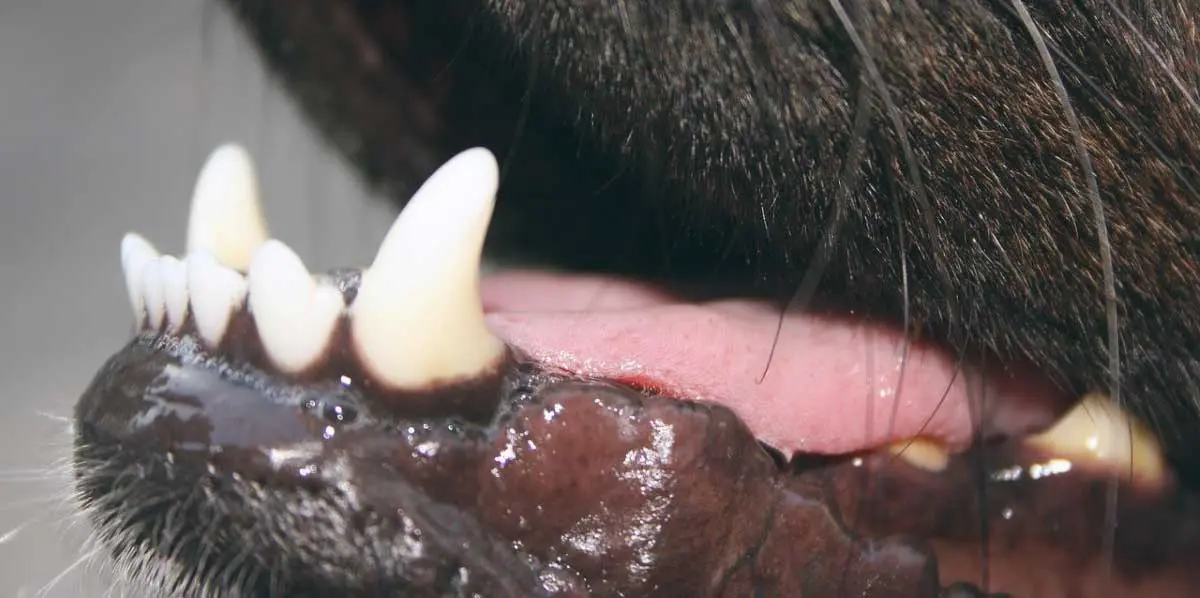
Gum diseases are caused by bacteria buildup around the gum line. This is usually due to poor oral hygiene. Certain dog breeds are more prone to gum diseases than other dogs, and they include Collies, Pugs, Yorkies, Chihuahuas, Dachshunds, Boxers, Shih Tzus, and Labradors. Bad breath and red, swollen gums are usually symptoms of gum disease.
When bacteria build up around the gum line, they produce waste products, such as hydrogen sulfide, ammonia, acids, and other compounds that lead to damaged tissue. Dogs can also suffer from infection and tooth loss if gum disease progresses.
Two of the most common types of gum diseases a dog might suffer from include:
- Gingivitis, when the gums are inflamed, but ligaments and bones are not yet affected
- Periodontitis, when the bone and ligaments are affected, and the tissue damage is more severe
You can treat both gum diseases by getting your dog’s teeth professionally cleaned above and below the gum line. If the damage is severe, your dog may need surgery to clean the root surface or extract a tooth to prevent further damage.
Endodontic Disease: What to Know

Endodontic disease is a dental disease that happens inside a tooth. This may be a result of an injury, tooth decay, or enamel abnormality. Endodontic diseases are usually very painful. The disease affects the dental pulp and becomes infected or inflamed. Signs include the following:
- A reddish-brown, purple, or gray-colored tooth
- A visible fraction
- Facial swelling
- Loss of appetite
- Red or black hole on a crown
Many dogs are great at masking their pain, and sometimes fractures and injuries are hard to see without an X-ray. If you suspect your dog has an injured tooth, it is best to have him checked out by a veterinarian to rule out endodontic disease. Vets typically treat endodontic disease with antibiotics and outpatient surgery.
Tooth Decay: How to Avoid It
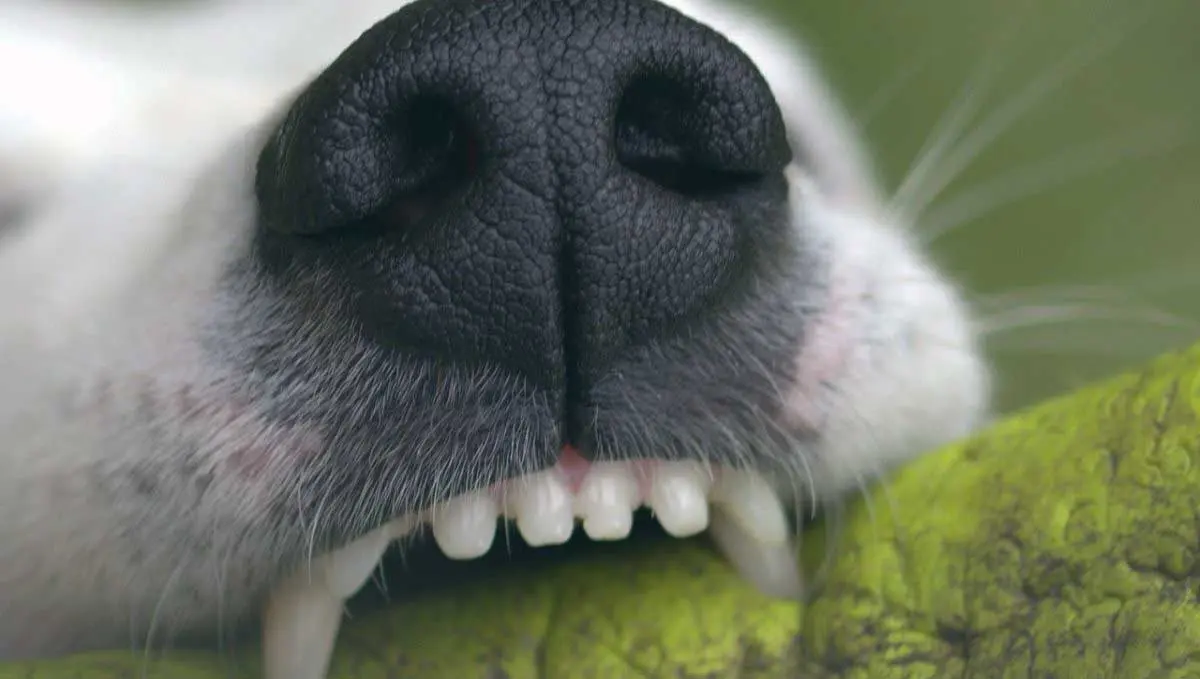
For humans, tooth decay is the most common type of dental disease, but this is much more uncommon in dogs. If a dog is suffering from dental decay, the decay is usually located on the bite surfaces of the molars. Vets would treat tooth decay in dogs very similarly to humans by drilling and filling the cavity.
Dogs who do develop cavities typically do not receive routine cleaning. They might also not have healthy dog food and commonly struggle with health issues.
Symptoms of tooth decay included abnormal eating habits, bad breath, reduced appetite, bleeding from the mouth, and pain or swelling.
How to Prevent Dental Disease in Dogs

To keep your dog’s teeth and gums healthy and free from plaque buildup, be sure to brush your dog’s teeth regularly. Your dog may not originally enjoy the idea of brushing their teeth, but with practice, they will get used to the process.
You will need to get dog-specific toothpaste and a dog toothbrush. Then, simply brush the teeth as you would your own, making sure to get close to the gum line to prevent gum diseases. If a dog toothbrush doesn’t work for you and your canine, you can also purchase dog dental wipes that you can rub along your dog’s teeth to remove plaque. You should brush your dog’s teeth at least three times a week to prevent tartar buildup.
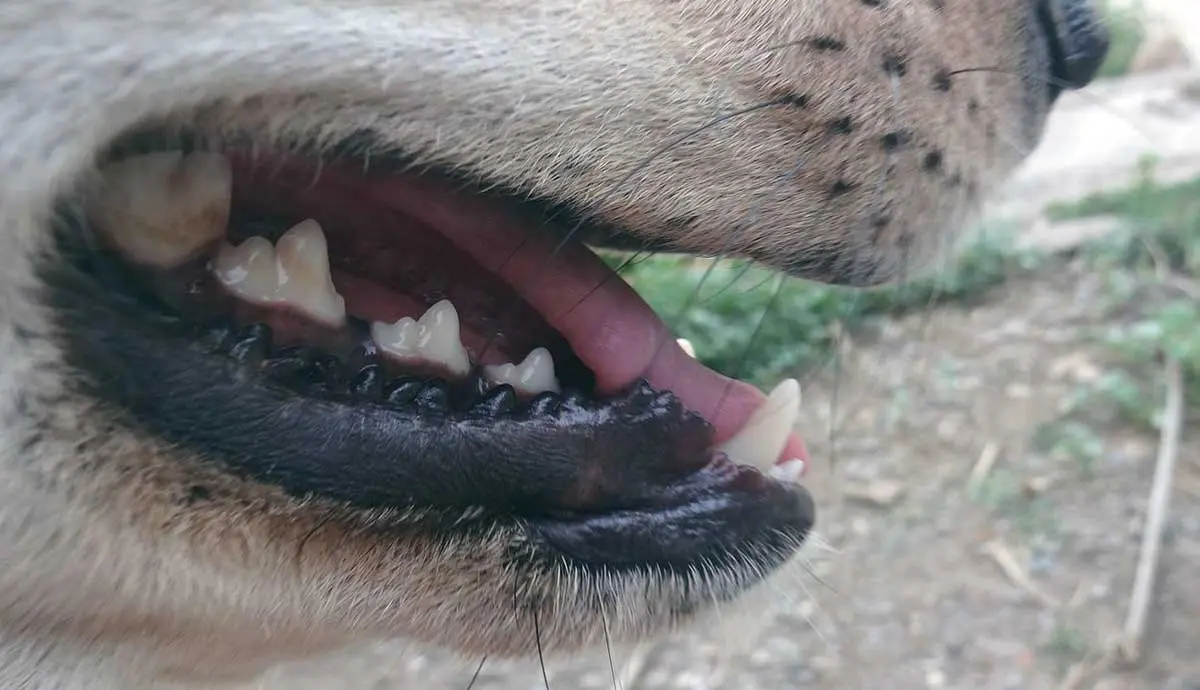
There are also dog treats specifically designed to help remove plaque build-up and to freshen your dog’s breath. These treats come in a variety of shapes, flavors, and sizes.
About once a year, you should take your dog to the vet to get a professional cleaning to get deep down around the gum. While your dog’s vet is cleaning their teeth, they will also perform an oral exam, which will help identify any issues and resolve them before they progress.
What Happens if a Dog Tooth Falls Out?
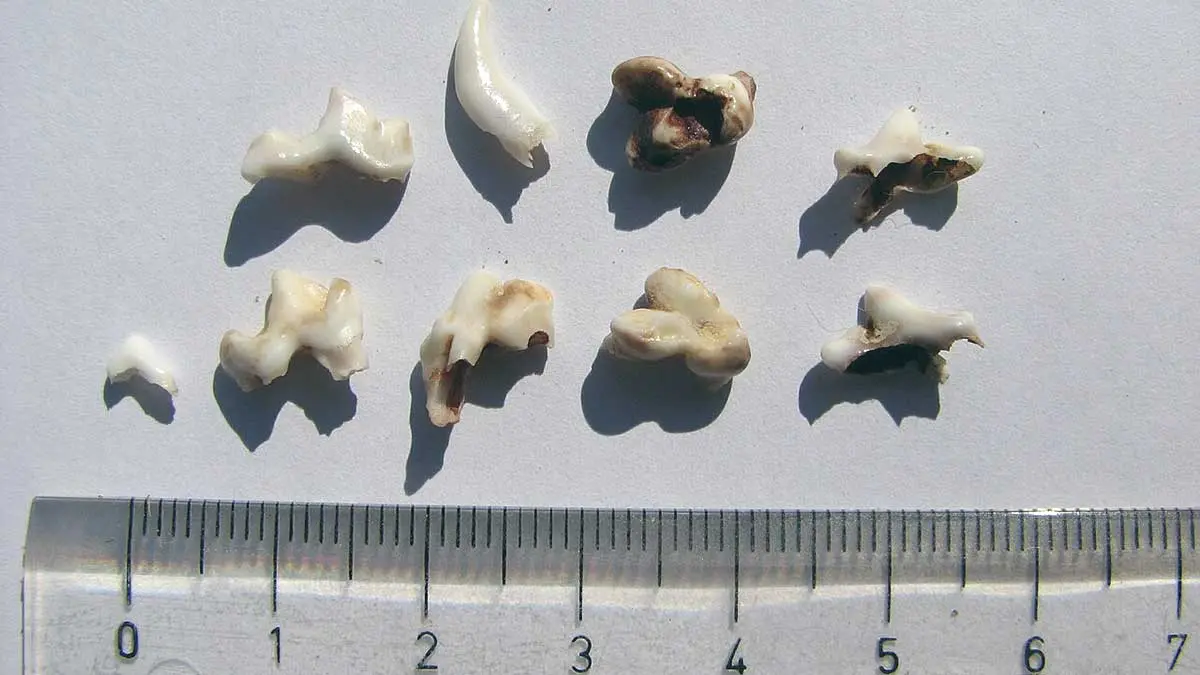
During puppyhood, it’s perfectly normal for your dog to lose a few teeth. Normally by the time they reach six months old, they have their grown-up chompers. If your dog begins losing their adult teeth, this is generally a sign of some dental disease. As noted, it’s in your best interest (as well as your dog’s) to take them to the vet as soon as possible. While awaiting an appointment, feed them soft foods (like mashed pumpkin), and lay off the hard treats. You don’t want to risk having them lose more teeth!
Help Your Dog Keep Smiling!

Dogs suffer from dental diseases very similarly to humans. Whether your dog has inflamed gums, injured or broken teeth, or tooth decay, it is important to get your dog treatment for any suspected dental diseases. Keeping up with proper oral hygiene, including regular tooth care and professional cleanings, will ensure that your dog’s teeth will stay clean and healthy.
FAQs
Q: How can a dog owner distinguish between normal tooth loss in puppies and problematic tooth loss that requires a vet visit?
A: Normal tooth loss in puppies occurs when they're around 3 to 6 months old as they transition to adult teeth. Problematic tooth loss involves pain, bleeding, or loss of adult teeth, signaling a need for a vet visit.
Q: Are there specific ingredients in dog toothpaste that make it more effective for preventing dental diseases in dogs?
A: Effective dog toothpaste often contains enzymes that help reduce plaque and freshen breath without harmful ingredients like xylitol or fluoride.
Q: How often should a dog undergo professional dental cleaning, and does this frequency vary based on the breed, age, or existing dental conditions?
A: Dogs should undergo professional dental cleaning annually, but the frequency may increase for breeds prone to dental issues, older dogs, or those with existing dental conditions, as recommended by a veterinarian.
